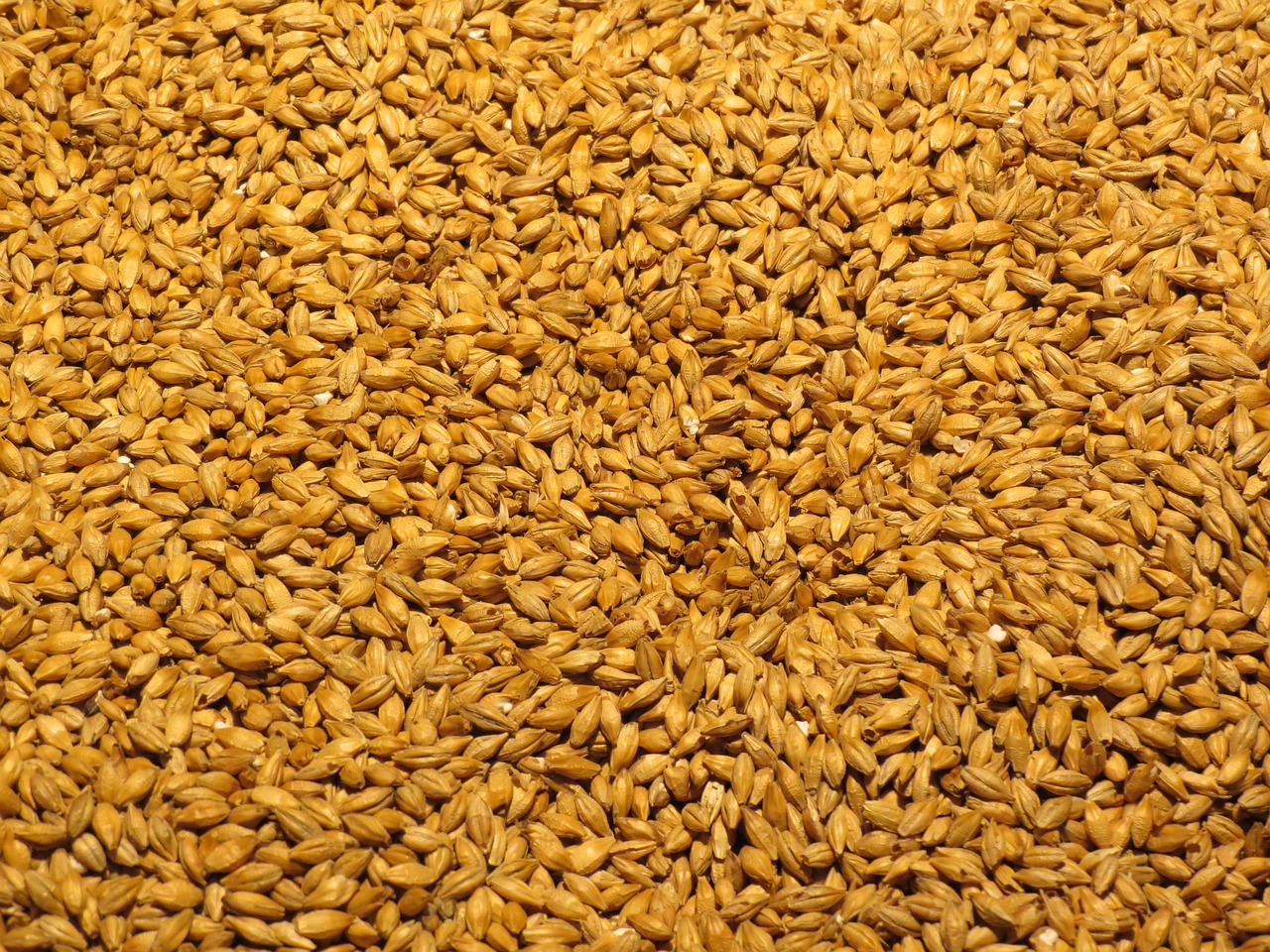The latest buzzword in agricultural development policy is sustainable intensification. The concept is noble: to increase the needed crop yields for global populations that are both growing and affluent while reducing inputs and the impact agriculture has on the environment. The concept can be taken further to imply improved livelihoods, equity, human rights and better health but most scientists (should) concentrate primarily on agronomic advancement.
So how do you get more food from less land and fewer inputs? My impulse response is: Better seeds! But as I read through sustainable intensification articles and reports from the FAO, academics and agroecologists, I was surprised to see this simple solution largely ignored. Why is that?
The FAO intensification strategy cites four factors as key drivers to produce more from less:
- Improved use of resources with conservation agriculture and better plant nutrient management.
- Integrated Pest Management to avoid environmental pollution from misuse of pesticides.
- Better management of biodiversity and ecosystem services.
- Access to good practices and knowledge, increased diversification, markets, credit…
Not to criticise the FAO, but they should have moved the bar a bit higher. Their strategy may improve farming fractionally in some under-developed, smallholder systems, but it won’t do much to feed ten billion people on less land and fewer inputs. They are also assuming, under the sustainable intensification banner, that labour intensification is both acceptable and possible.
What if you shift the focus of the FAO strategy to concentrating on better seed development? Then their strategy is completely coherent (and doable).
- Plant nutrient management can be met if better seeds for cover crops and no-till cash crops can enrich the soil.
- Designing pest-resistant crops with more resilient seeds will push IPM forward.
- Gene editing has shown the potential to develop more ecosystem-friendly crops requiring fewer nutrients and taking less from the soil.
- In cases of climate-stresses, better seeds can help agriculture adapt to evolutionary threats.
The best route to sustainable intensification is not to incrementally tighten soil and water management (every environment is unique); it is not merely to educate smallholders; nor to challenge agri-tech business models. Rather impact will be made by developing seeds that yield more with lower inputs (getting more from less).
Resistance to Game-Changers
So why do sustainable intensification advocates practically ignore the important potential of seed breeding? I contacted a US-based academic who had recently published a paper on the subject that excluded any consideration of seed innovations. His view is that GMOs will take too long to develop, only concern large cash crops and will not feed into the smallholder development process anytime soon.
This professor missed the potential of certain new plant breeding techniques, not realising how they are not like large, long-term GMO investments. Researchers in Kenya, Uganda and Nigeria are solving important local issues like banana wilt or cassava with gene editing techniques done in African labs. The ability of new strains of seeds to reduce pesticide applications, adapt to local soil conditions and withstand weather extremes are definitely farmer-centric.

Looking at the rise of the social-justice agroecology faction, I suspect some of the reluctance to promote seed breeding arises from a fear that agri-tech will become more corporate-centric in developing countries.
Sustainable intensification advocates also only seem to be looking for simple, quick wins. More dams, intercropping and IPM fixes will only go so far. You can reduce impact with increased conservation agriculture practises to a point and there is a question of how far these techniques will work in developing countries where smallholders cannot afford the infrastructure.
The potential for more resilient seeds that produce higher yields while taking fewer nutrients from the soil and withstanding harsher weather conditions will make significant impact. Rather than tweaking the edges of agriculture, such seed innovations are game-changers.
Intensifying Africa
While sustainable intensification is a global challenge for agriculture, it is clearly a priority in Africa. Much of the expected population increase over the next 50 years will happen in Africa where agriculture is also the least developed. So, while agroecologists want to see more smallholders farming to feed themselves, more thought needs to go into a strategy to grow African agriculture with development, population and economic expansion in mind.
With diverse practices, economies, climates and levels of development, it is myopic to think a one-size-fits-all intensification solution will work in Africa (especially one driven by political ideology and social justice campaigners). Complex challenges like cultural hierarchy, corruption in supply chains, land rights, mobility, access to technologies, equipment and markets means that many of the sustainable intensification theories are merely political ideologies … sorry.
But seeds don’t lie. Better seeds don’t worry about cultural hierarchy, corruption, who owns the land and where the markets are. Better seeds can be subsidised; smallholders can be allowed to save seeds. Farmers feel the impact almost immediately as higher yields and lower crop losses redefine farming from subsistence to development.
Better seeds lead to better farming … isn’t this a goal of sustainability?
I strongly urge seed breeders to be more vocal to make an impact on this discussion. Sustainable intensification theorists need to abandon their bias and start with one clear idea: better seeds = better development. Let that idea germinate.













